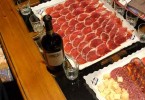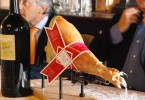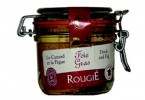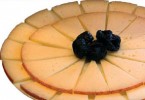Taste it, smell it, hear it, see it – the most thrilling live show in Barcelona is the city’s vast Boqueria food market, says John Carlin. It’s a feast for all the senses.
A visit to the market of la Boqueria in Barcelona is advisable to enjoy an incredible contrast between colours and activity, ideal to discover why Mediterranean cuisine is internationally known due to its ingredients. The best products from Catalonia in one place. La Boquería is Europe’s finest market located in the heart of Barcelona, on the Rambla, the name the Catalans give to a street that heads down to the sea. The guide who took me on this gastronomic tour was Isidre Giron, the owner of the top-notch restaurant “Ca L’Isidre” (“Chez Isidre” in Catalan).
We meet early at “Bar Pinotxo”, where Isidre always starts his morning ritual with a cortado coffee – espresso ‘cut’ with a dash of hot milk. “Pinotxo” is one of half a dozen spots inside the market where you can eat the produce that’s sold in it. A long, narrow bar, the size of half a dozen baths placed end to end, it has a permanent staff of five shockingly busy people. One of them cooks (the courgette omelette with chorizo looked delicious, but perhaps not for breakfast), three serve and one washes up. Juanito, the head barman and owner of the place for the last 50 years, is one of the great characters of the market, says Isidre…






